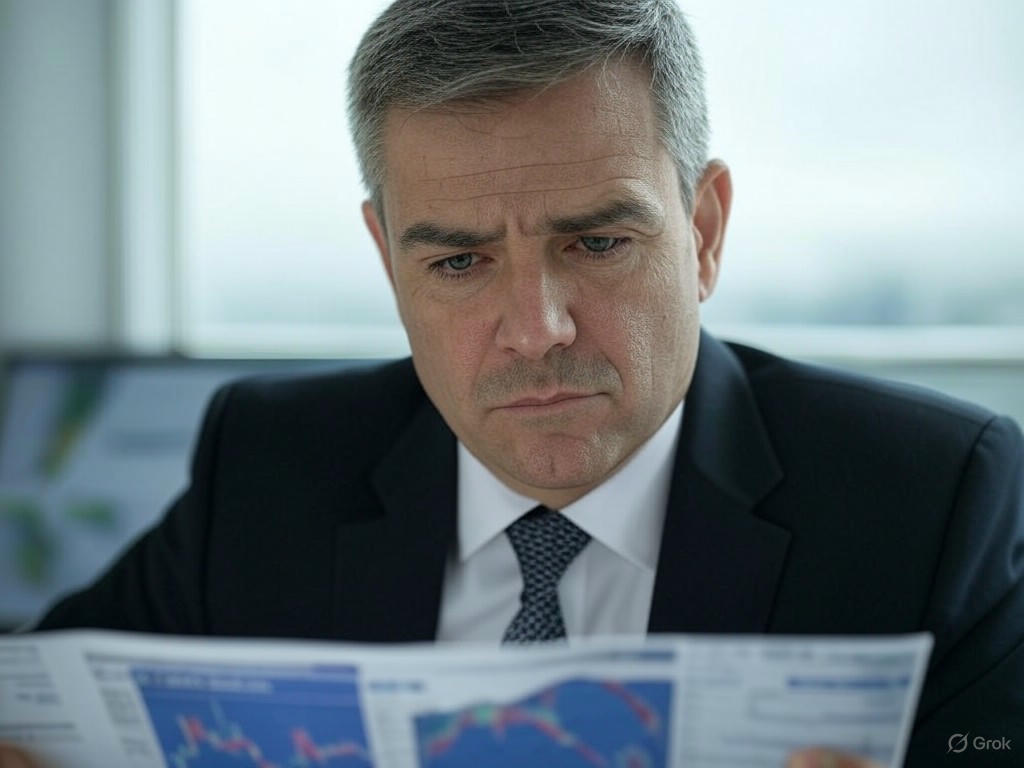The Dollar’s Historic Decline: Why a Swift Recovery Seems Unlikely
The U.S. dollar, long considered a global financial bedrock, is currently grappling with its most severe downturn since the 1980s. This unprecedented slump has sent shockwaves through markets, impacting everything from international trade to consumer purchasing power. Investors and analysts alike are scrambling to understand the root causes of this decline and whether a turnaround is on the horizon. The reality, however, paints a sobering picture—one where a quick rebound may be more hope than certainty.
At the heart of the dollar’s troubles are a combination of domestic and international pressures. Persistent inflation in the U.S. has eroded confidence in the currency, as the Federal Reserve struggles to balance interest rate hikes with the risk of stifling economic growth. Meanwhile, geopolitical tensions and shifting trade dynamics have prompted some countries to reduce their reliance on the dollar for transactions, favoring alternatives like the euro or even digital currencies. This de-dollarization trend, though still in its early stages, poses a long-term threat to the greenback’s dominance. Additionally, a strengthening of other major currencies, fueled by economic recoveries in Europe and Asia, has further diminished the dollar’s relative appeal.
The implications of this decline are far-reaching. For American consumers, a weaker dollar means higher costs for imported goods, from electronics to clothing, exacerbating the sting of inflation. Businesses that rely on international markets are also feeling the pinch, as their purchasing power abroad diminishes. On the flip side, U.S. exporters might see a silver lining, as their goods become more competitively priced overseas. However, this potential boost is overshadowed by broader economic uncertainties, including fears of a looming recession. Wall Street, too, is on edge, with currency traders reevaluating strategies that once banked on the dollar’s unwavering strength.
Looking ahead, the path to recovery for the dollar appears fraught with obstacles. Analysts warn that without significant policy shifts—such as tighter monetary controls or renewed global confidence in U.S. economic stability—the currency could remain mired in this slump for the foreseeable future. Some even speculate that the era of the dollar as the world’s unchallenged reserve currency might be nearing its twilight, though such predictions remain contentious. What is clear is that the Federal Reserve’s next moves will be critical. If inflation isn’t curbed without triggering a deeper downturn, the dollar’s woes could intensify.
As the world watches this historic decline unfold, one thing stands out: the U.S. dollar’s struggles are a stark reminder of the interconnectedness of global economies. For now, businesses, investors, and everyday Americans must brace for a period of uncertainty, adapting to a financial landscape where the once-mighty dollar no longer holds the same sway. While hope for a rebound lingers, the road ahead looks long and winding, with no quick fixes in sight.


